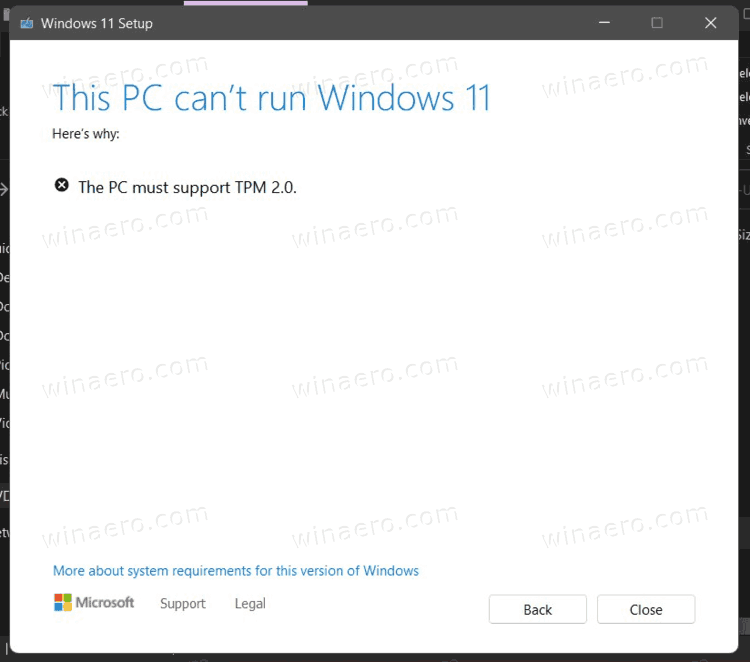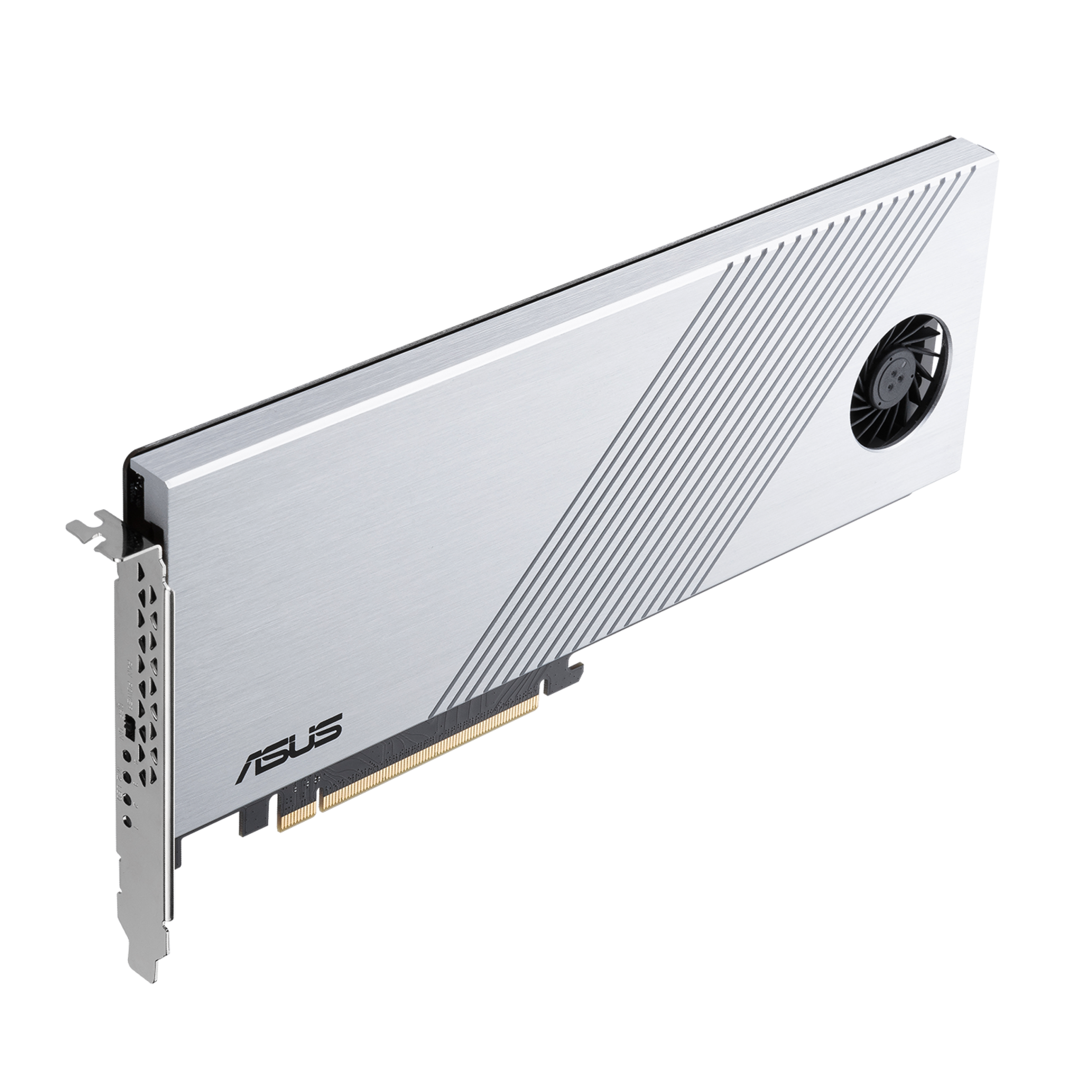With the reveal of the specifications and requirements for Windows 11 today, I decided to use the Health Checker tool to be able to test if my machine can upgrade to Windows 11, especially after hearing that Windows 11 would require TPM 2.0 to be enabled to be used.
To my surprise my PC is apparently unable to update to Windows 11 according to the checker, but without explaining why. I've posted my specs before but considering that I got this machine from PCSpecialist only a few months ago, I realised that this must come down to TPM 2.0.
Sure enough, I checked my BIOS and manual and... my ASUS TUF B550 Plus board only has a TPM header, not a TPM 2.0 chip. Meaning, I'll require a TPM 2.0 chip if I want to bother to upgrade to Windows 10.
Apparently, some people had spoofed or found a way to mitigate that when they used the leaked Windows 11 ISO, but I assume that will be patched.
To me this is a very strange requirement for something I was alright with investigating. However, having to buy and install something I'm completely unfamiliar with to update to what appears to be currently a glorified Windows 10 update, when I can stick with Windows 10 until late 2025, is... not very tempting.
I perhaps wouldn't be so apprehensive if this was still my 2015 machine, but Microsoft requiring something that few customers will know about and may require going into the BIOS to enable seems like it could easily severly hamper Windows 11 advice.
Would be interested to hear about how fidely and expensive getting a TPM 2.0 chip would be for a board as well though.
To my surprise my PC is apparently unable to update to Windows 11 according to the checker, but without explaining why. I've posted my specs before but considering that I got this machine from PCSpecialist only a few months ago, I realised that this must come down to TPM 2.0.
Sure enough, I checked my BIOS and manual and... my ASUS TUF B550 Plus board only has a TPM header, not a TPM 2.0 chip. Meaning, I'll require a TPM 2.0 chip if I want to bother to upgrade to Windows 10.
Apparently, some people had spoofed or found a way to mitigate that when they used the leaked Windows 11 ISO, but I assume that will be patched.
To me this is a very strange requirement for something I was alright with investigating. However, having to buy and install something I'm completely unfamiliar with to update to what appears to be currently a glorified Windows 10 update, when I can stick with Windows 10 until late 2025, is... not very tempting.
I perhaps wouldn't be so apprehensive if this was still my 2015 machine, but Microsoft requiring something that few customers will know about and may require going into the BIOS to enable seems like it could easily severly hamper Windows 11 advice.
Would be interested to hear about how fidely and expensive getting a TPM 2.0 chip would be for a board as well though.



